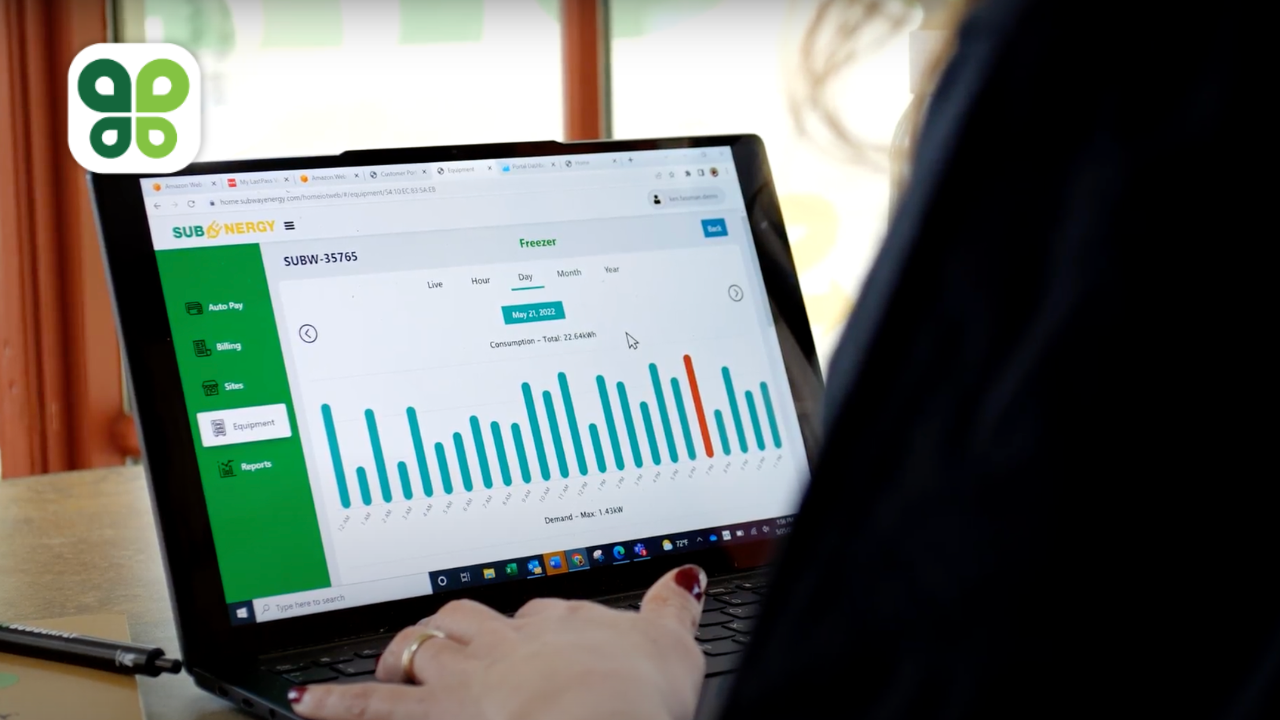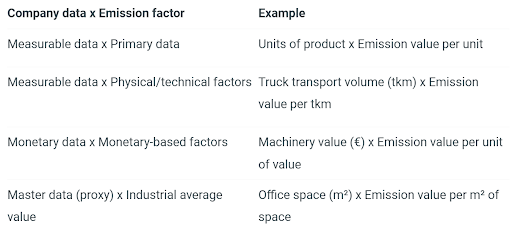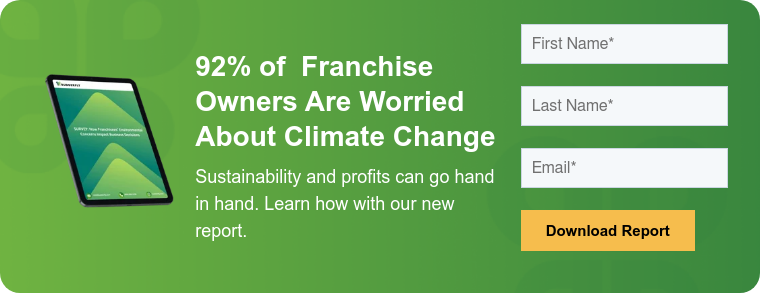
7 Important Metrics for Sustainability That You Should Be Tracking
Most business owners need measurable data before making any decision. Sustainability, however, doesn’t rank very high on the business planning list. Environmental impact seems hard to measure, leaving many business owners wondering if it’s worth their time. Yet, measurable metrics for sustainability exist and can demonstrate impact.
Once you implement a green solution or strategy, you can use concrete data to measure progress. These metrics do more than prove your green investment’s ROI. You can use them to demonstrate your company’s environmental and social responsibility, which are increasingly important to consumers and investors.
If you’re not already measuring your environmental sustainability metrics, here are 7 sustainability metric examples that can demonstrate your impact.
1. Supply Chain Miles
A company’s carbon footprint isn’t just from its daily activities. Importing goods from distant locations burns a lot of fossil fuels.
You may not be aware of how far your products are traveling before they reach you. Tracking supply chain miles makes that distance apparent and can help you choose closer vendors to reduce fuel usage. You might also seek vendors that use clean or renewable energy to power their transport vehicles.
2. Greenhouse Gas Emissions
In 2015, the United Nations agreed to work together to limit global temperature increases to 2°C (35°F) at maximum. To get there, every country must reduce greenhouse gas emissions and corporations are a big part of this picture. In November 2022, a report indicated that current policies in place will likely result in about 2.7°C warming above pre-industrial levels.
You can measure your business’s emissions by converting known or estimated consumption data to a carbon dioxide emission equivalent. This calculation can be performed manually or by a program, but there are a few ways to determine it depending on your company’s activities. Consider the following table.

3. Waste Production
Waste isn’t limited to garbage disposal. It also includes energy waste, such as the energy an incandescent light bulb wastes on heat instead of light. It can also include demolition debris and polluted water run-off. All of these things add up and may paint a surprising picture of your waste production.
Consider all of your company’s potential sources of waste, including but not limited to garbage. Centralize the amount of waste from each of these sources into a single metric. This gives you a clearer picture of the amount of waste you produce. Drill down into each source to make informed decisions about where to cut back.
💡Tip: Cut back on workplace waste by choosing appliances with longer life cycles.
4. Water Usage
On average, commercial buildings use 20 gallons of water per square foot annually. Restaurants tend to use even more due to their (reasonably) stricter sanitation standards. Water consumption metrics can show you if your company is above or below this average.
Determine how much water you require to run your business. For example, estimate how many gallons your kitchen needs to maintain food safe sanitation measures.
If your metrics show that you're consistently exceeding these estimates by a significant amount, that may indicate that you’re overusing water or that leakage is present.
5. Water Pollution
Water pollution is not the same metric as water usage or waste production - although these metrics can cross over. According to the U.S. Green Business Index, water pollution refers to the amount of damage to natural capital caused by water pollutants such as pesticides, heavy metals, and excessive fertilizer.
Note: The definition of natural capital is any natural resource that benefits humankind, such as potable water or edible plants.
It’s hard for a business owner to measure how much damage their pollutants cause. However, you can measure how many potential pollutants you use. Track your usage with your metrics and reduce as necessary.
Try limiting pesticides and fertilizers to an as needed basis and choosing ones that don’t include harsh chemicals.

6. Energy Consumption
Measuring your energy consumption is easier than it seems. IoT smarty monitors are increasingly available. Connect these monitors to energy equipment throughout your facility to see how much energy each one uses.
These same monitors also help you track progress after you invest in greener equipment. Compare data from old equipment to new to measure energy reductions and assess your new equipment’s effectiveness.
Learn how to become a more sustainable business with these blogs:
7. Climate Risk
The goal of sustainable development is to consistently decrease climate risk. You can measure your company’s by consolidating all of your metrics for sustainability into one KPI that’s composed of these data sets. This KPI should reveal the sum of your energy, waste, mileage, and water usage.
Turn this metric into a goal. Engage your employees to help you reduce your climate risk KPI with energy saving practices. Push for specific numerical goals like a 10% reduction in water usage in the next year to make everyone more determined to get there.
Track Your Environmental Metrics on a User-Friendly Dashboard
When you partner with Budderfly, you tap into an easy-to-use portal with a bird’s eye view of your company’s sustainability metrics. Our system provides real-time data so you can monitor your environmental impact as it happens.
If you’re a franchise owner, our dashboard centralizes data from all locations, so you can start measuring the sustainability of your entire chain.
Our dashboard provides insights via analytics on:
- Kw/h and carbon emission reduction
- Energy consumption
- And more
Let’s talk about how we can upgrade your equipment at no upfront cost and work with you towards a greener future.

